General Information
| POPULATION | 10.65 million |
| LANGUAGE | Czech |
| CAPITAL | Prague |
| CURRENCY | Czech Koruna |
Fun Facts
- The Czech Republic is famous for its beer
- Czechs love mushrooms
- Prague is home to the worlds first astronomical clock
- The Czech Republic has the most castles in Europe
- The Czech Republic ranks as the seventh safest country to live in the world
Czechia
This landlocked country in Central Europe is the most stable and prosperous of the former communist states and joined the European Union in 2004. The Czech Republic comprises the regions of Bohemia and Moravia. The area was under the Habsburg rule until 1918 and was part of Czechoslovakia from 1918 to 1992. Czechoslovakia was part of a communist regime from 1948 to 1989 and the Velvet Revolution took place. Czechia is bordered by Poland, Austria, Germany and Slovakia.
Ethnicity
There are 10.65 million people living in Czechia
- 64% Czech
- 5% Moravian
- 1% Slovak
- 26% Not identified
- 4% Other
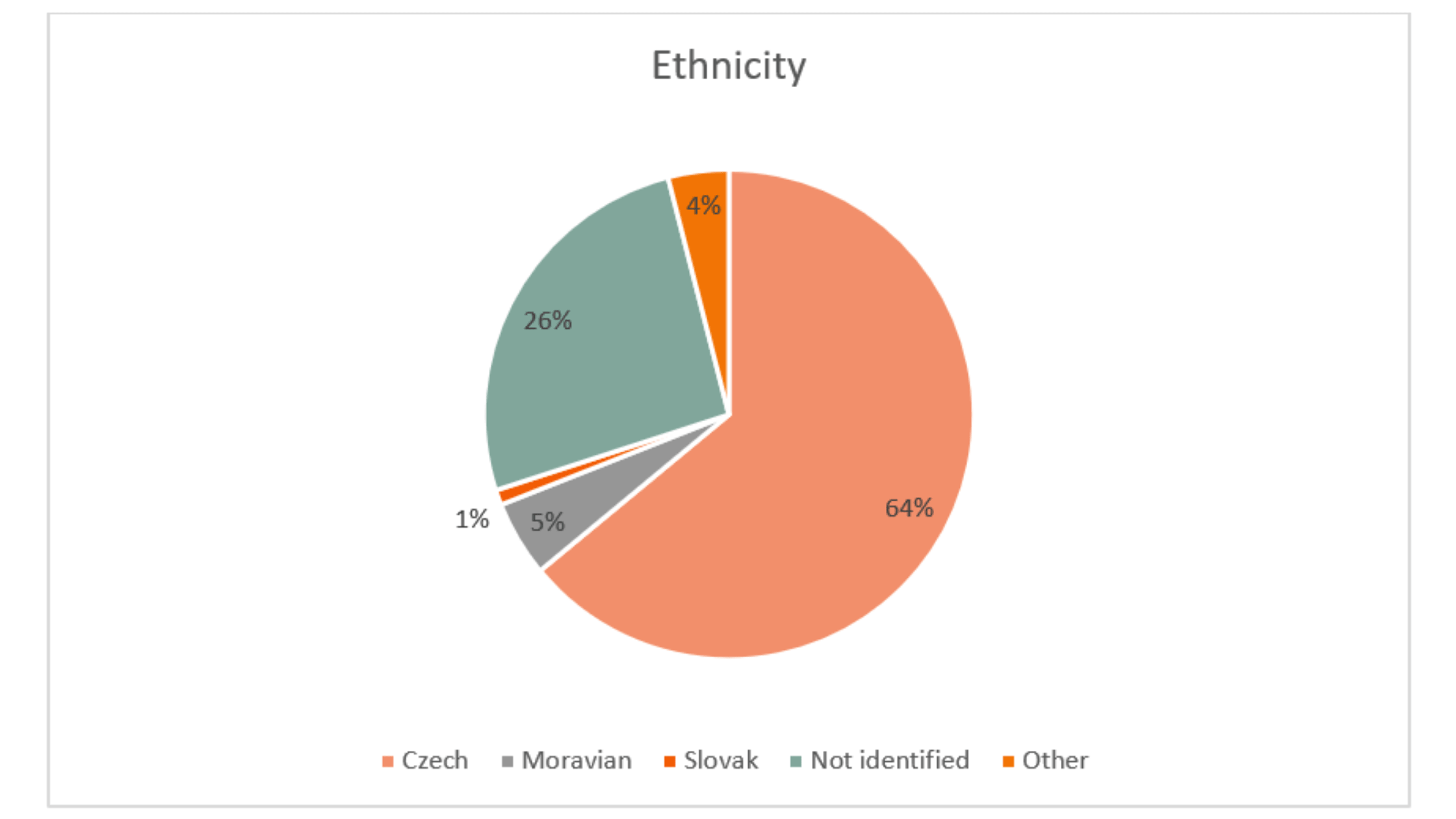
Economy
With the so-called Velvet Revolution of 1989, Czechoslovakia gained independence from communist rule and began the process of transforming its command economy into a free market economy. Price liberalisation, market opening to foreign commerce and investment, internal convertibility of the country’s currency, privatisation of state-owned firms, and tax reform were all part of the government’s plan. Czechs have a higher quality of living than people in other former communist countries in Eastern Europe. However, employment rates and, as a result, living conditions differ by location. For example, Prague, with its strong international tourist sector, has a low unemployment rate of less than 1%, whereas rural areas have rates as high as 20 times higher.
By the middle of the first decade of the 2000s, fewer than a tenth of the workforce in the United States was unemployed. While the euro zone battled to recover from a crippling debt crisis that began in 2009, the Czech Republic continued to expand slowly.The Czech economy gains a substantial income from their tourism industry. The Czech republic is one of the least religious countries in the world with 40% identifying as Atheist.
Food
Czechs love their food and take pride in their national dishes which can include Vepřo-knedlo-zelo which is a dumpling made with pork and cabbage. Bohemians have traditionally relied on local ingredients as their primary source of nutrition. In Czech cuisine, grain and meat, particularly pig and beef, are common ingredients.
Poultry, game, and freshwater fish are occasionally used also potatoes and cabbage play a prominent role in the Czech cuisine. Grains (wheat, rye, barley, oats, and corn) are the main crops, which support the Czech Republic’s dozens of local brewers. The Czech Republic takes pride in their beer the most commonly sold beer is Pilsner Urquell.
Some traditional dishes can include:
– Houska (Bread Roll)
– Krapfen (Sweet Pastry)
– Řízek (Schnitzel)
– Guláš (Meat Stew)
– Knedlíky (Dumplings)
Places
With Coastal plains to the north and forested hills to the south-eastern Ardennes, Belgium is geographically diverse despite its small size. the coastal areas, where land is lower-lying, are dominated by dunes, and submersion by high seas is prevented by dykes.
The centre, richly integrated by rivers such as the Meuse and also canals which help with livestock and agriculture. Brussels is the Capital of Belgium and the centre of government and trade. It is also an important international city. As a centre of the Benelux union. Brussels has a long history of administering international relations. The city is now home to the administrative centre of the European Union.
Some cities to visit in the Czech Republic are:
- Prague, the capital and the historic core of Czechia
- Ostrava, known for its museums, artwork and architecture
- Karlovy Vary, the spa capital in West Bohemia
Some places to visit are:
- Prague Castle, Prague
- Charles Bridge, Prague
- Karlštejn Castle, Bohemia
- Lennon Wall, Prague
- Prague Astronomical Clock, Prague
History
Celts initially settled in what is now the Czech Republic around the 4th century B.C. naming the country Boiohaemum (Bohemia). The Celtics were eventually supplanted by the Germanic tribe around 100 A.D. and the Slavic peoples in the 6th century.
During the rule of the Pemyslid dynasty, which began in the 9th century, the Czech state gradually strengthened. In the year 950, Bohemia joined the Holy Roman Empire. The 14th century was the Czechs’ “golden age,” thanks to Charles IV, who made Bohemia wealthy and strong.
For many years, the Holy Roman Empire governed the region until the Austrians and the Habsburg Empire seized control in the 1800s. At this time, the Czech economy was thriving, particularly in the textiles industry. When World War One broke out, the Austria-Hungarian empire split apart, leaving the Czechoslovak Republic, which was founded on October 28, 1918.
After the Munich Conference in 1939, Czechoslovakia came to an end. Without the presence of Czechoslovakia, the United Kingdom, France, and Italy decided at Munich to sacrifice Czechoslovakia and enable Adolf Hitler’s Germany to take specific portions of the country. Following WWII, the reconstituted republic was absorbed into the Soviet sphere of influence. Czechoslovakia was controlled by the Communist Party of Czechoslovakia from the Communist coup d’état in February 1948 through the Velvet Revolution in 1989. Thousands of Czechoslovaks were persecuted for their political beliefs under the Communist Party’s reign, and some were even tortured to death.
The Prague Spring was a period of political reform and widespread protest in Czechoslovakia that lasted from January 5, 1968, until August 21, 1968. The purpose of the tests was to provide greater rights to Czechoslovak citizens as part of a partial decentralisation and democratisation of the economy. The granted liberties were intended to relax limitations on speech, travel, and the media. When the Soviet Union and other Warsaw Pact members invaded the nation in August 1968 to repress the reforms, the endeavour to alter and humanise the Communist system failed.
The Velvet Revolution, which took place in 1989, eventually brought down the Communist government. The Velvet Revolution was a nonviolent power transfer that took place between November 17 and December 29, 1989. Czechoslovakia was peacefully split into two separate republics on January 1, 1993: the Czech Republic and the Slovak Republic. Václav Havel became the Czech Republic’s first president.
Following the breakup of the Czechoslovak federation on January 1, 1993, the Czech Republic was established. The assets of the federation were divided two to one in favour of the Czechs at the moment of separation; specific agreements were established for a natural gas pipeline from Russia, the diplomatic service, and the armed forces.
In the years that followed, the Czech Republic joined the OECD (1994), NATO (1999), and the EU (2001). (2004). The Czech Republic is now a pluralist multi-party parliamentary democracy, with the President as President of the Republic and the Prime Minister as Prime Minister of the Government. The Chamber of Deputies (200 members) and the Senate make up the Parliament (81 members).
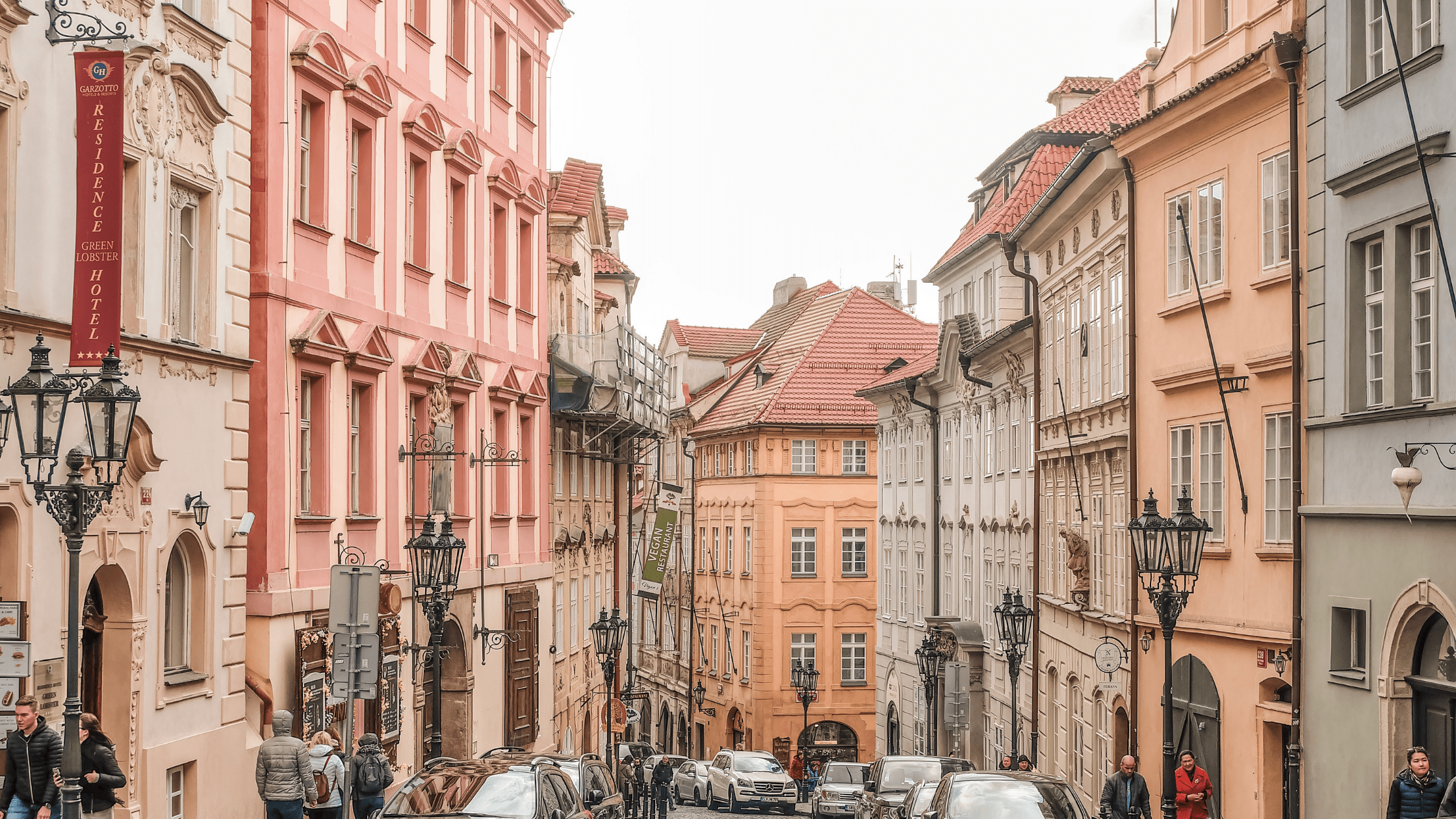
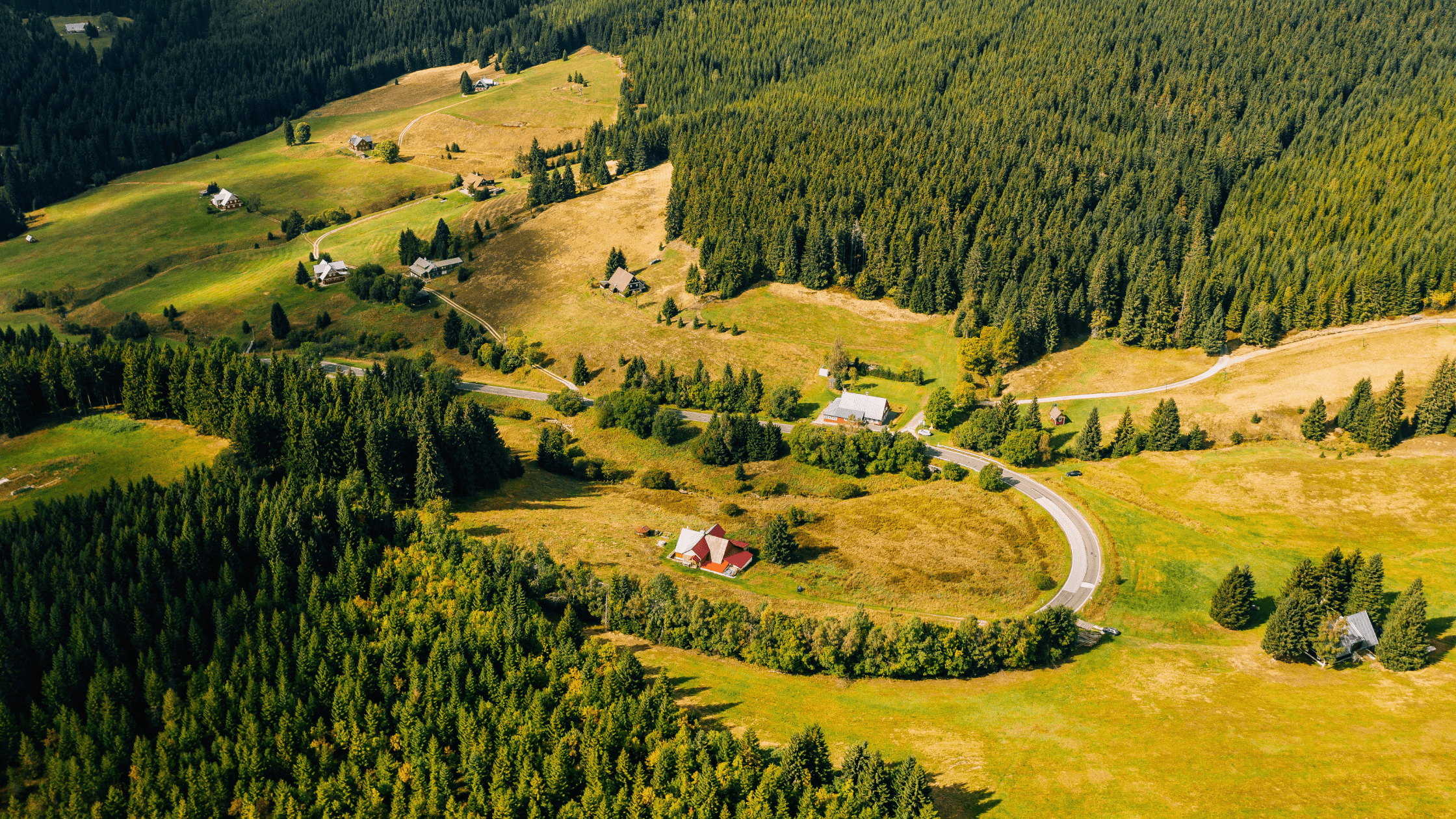
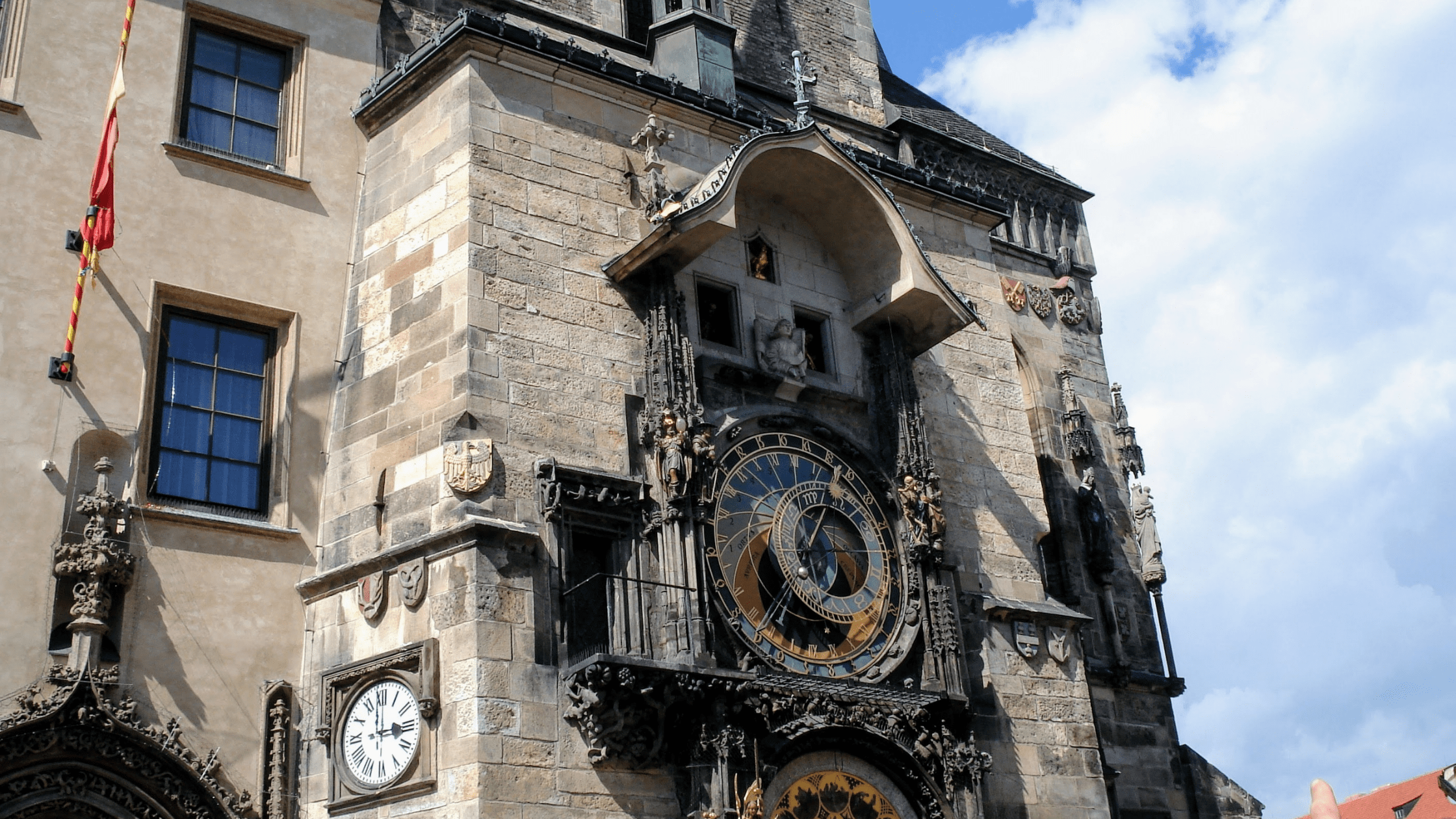
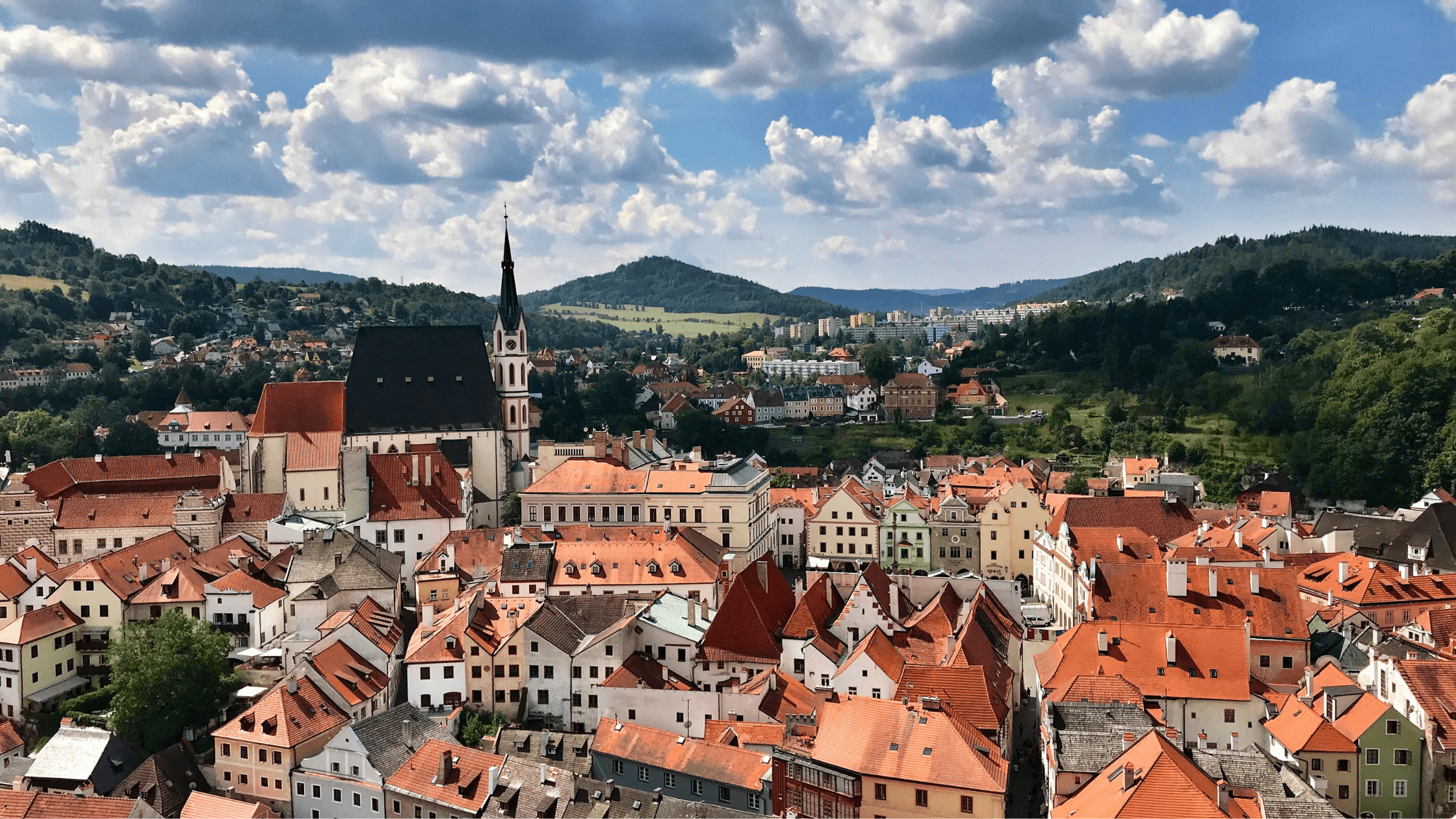
Language Basics
| English | Czech |
| Hello | Ahoj |
| Goodbye | Ahoj |
| Yes | Ano |
| No | Ne |
| Good Morning | Dobré ráno |
| Good Afternoon | Dobré odpoledne |
| Please | Prosím |
| Thank You | Děkuju |
| Excuse Me | Promiňte |
Published on the 30th of August 2021
